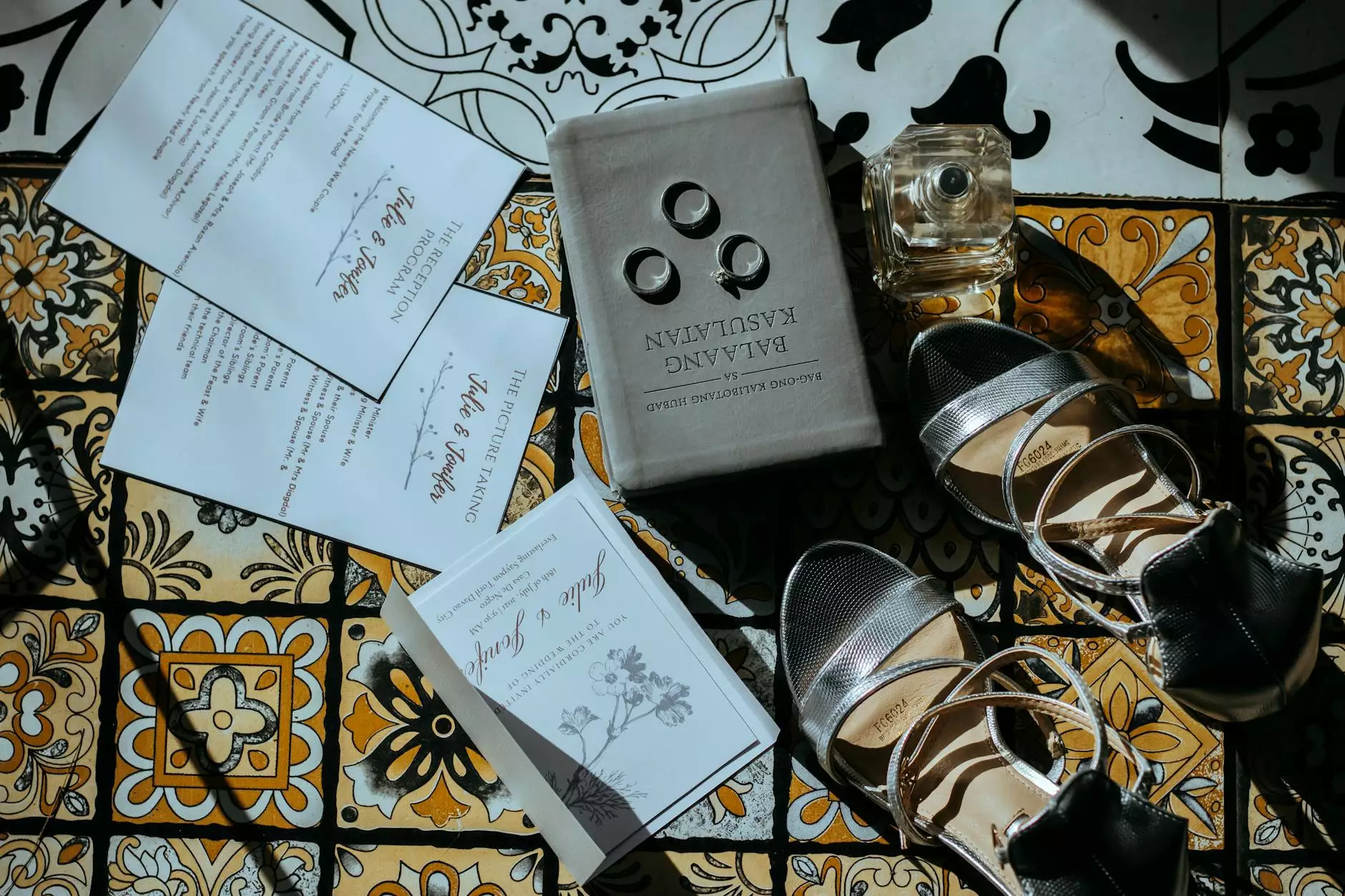Exploring the World of Leather Hides and Skins

Leather, a timeless material, has been used for centuries in various applications, ranging from clothing and accessories to furniture. When we refer to leather hides and skins, we are talking about the raw materials that provide the foundational quality and durability of leather products. In this comprehensive guide, we will delve into the intricacies of leather hides and skins, exploring their types, uses, and the global market dynamics.
What Are Leather Hides and Skins?
Leather hides and skins are the outer coverings of animals, primarily obtained from cattle, goats, sheep, and pigs. The primary difference between hides and skins lies in the size and age of the animal from which they are sourced. Typically, a hide refers to the skin of larger animals, while a skin denotes that of smaller animals. This distinction is crucial in the leather industry as it affects the thickness, texture, and overall value of the leather produced.
The Processing of Hides and Skins
The journey from leather hides and skins to finished leather products is meticulous and intricate. It consists of several stages:
- Harvesting: The hides are collected at slaughterhouses, ensuring humane practices are followed.
- Preserving: Immediately after harvesting, the hides must be preserved to prevent decomposition. Common methods include salting and drying.
- Tanning: This is a critical process that converts raw hides into durable leather. Various tanning methods exist, such as vegetable tanning and chrome tanning.
- Finishing: After tanning, the leather is dyed, treated, and finished to enhance its appearance and texture.
Types of Leather Hides and Skins
Different animals provide various types of hides and skins, each with its unique qualities and characteristics. Here are the most common types:
- Beef Hides: Known for their durability, beef hides are often used in heavy-duty leather goods like bags, belts, and upholstery.
- Goat Skins: These are soft, lightweight, and flexible, making them ideal for garments and gloves. They are particularly popular in high-fashion applications.
- Sheep Skins: Lambskin is prized for its softness and suppleness, often used in luxury clothing and accessories.
- Pig Skins: With a distinctive grain pattern, pigskin is often used for shoes and workwear due to its robust texture.
The Varieties of Leather
Moreover, within each type of hide or skin, there are several grades of leather, which can be categorized as follows:
- Full Grain Leather: This is the highest quality leather that retains the natural grain, making it more robust and developing a unique patina over time.
- Top Grain Leather: Slightly sanded and refinished, this leather is more pliable than full grain but retains most of its durability.
- Genuine Leather: Often a catch-all term, genuine leather refers to lower quality leather made from the leftover layers of hides.
- Bonded Leather: Made from leather scraps that are bonded together, this is typically the least durable and is often used for budget products.
Applications of Leather Hides and Skins
The versatility of leather hides and skins allows for a wide array of applications across various industries. Here are some significant uses:
Fashion and Accessories
Leather is a staple in the fashion industry. From handbags and wallets to shoes and belts, leather's aesthetic and durability make it a preferred material for fashion designers. High-quality leather products often signify luxury and sophistication.
Furniture and Upholstery
Leather is also widely used in furniture making. Sofas, chairs, and even wall coverings made from leather provide both comfort and style. The ability to withstand wear and tear makes leather an ideal choice for high-use furniture.
Automotive Industry
Leather has become a symbol of luxury within the automotive industry. Many high-end vehicles feature leather upholstery that enhances both the aesthetic appeal and comfort of the interior environment. Leather seats are popular for their durability and ease of cleaning.
Global Market for Leather Hides and Skins
The market for leather hides and skins is substantial and ever-evolving. Here are some critical factors influencing the global leather market:
Supply Chain Dynamics
The supply chain for leather starts with farmers and ends with consumers. Regional differences in livestock production significantly affect the availability of hides and skins. Major producers include countries like Brazil, the United States, and China. The processing and distribution of leather also involve complex logistics to meet global demand.
Sustainability and Ethics
With growing concerns over environmental sustainability, the leather industry faces scrutiny. Sustainable practices, including ethical sourcing and eco-friendly tanning processes, are becoming increasingly important. Many consumers today prefer brands that prioritize sustainability.
Trends and Innovations
Technological advancements, such as synthetic leather alternatives and innovative tanning processes, are shaping the future of the leather industry. These trends cater to the rising demand for ethical and environmentally friendly products.
Why Choose AB Hides GmbH?
For businesses and consumers seeking quality leather hides and skins, choosing the right supplier is paramount. At AB Hides GmbH, we pride ourselves on providing top-quality hides and skins sourced from reliable suppliers worldwide. Here are several reasons to partner with us:
- Quality Assurance: We ensure that all of our hides and skins meet international quality standards.
- Wide Selection: Our extensive inventory includes various types and grades of leather, suitable for diverse applications.
- Global Reach: We ship hides and skins worldwide, catering to customers in various markets.
- Commitment to Sustainability: We actively pursue sustainable sourcing practices to minimize environmental impact.
Conclusion
Understanding leather hides and skins is crucial for anyone involved in the leather industry or those who appreciate quality leather products. The diverse applications, coupled with a robust global market, make leather a vital material across various sectors. At AB Hides GmbH, we are dedicated to supplying only the finest leather materials to our clients, ensuring they receive high-quality products that meet their needs.
By embracing sustainability and innovation, we aim to lead in responsibly sourcing and supplying leather hides and skins worldwide. For more information or to browse our selection, visit AB Hides GmbH today.









